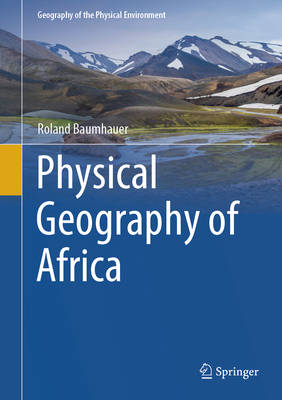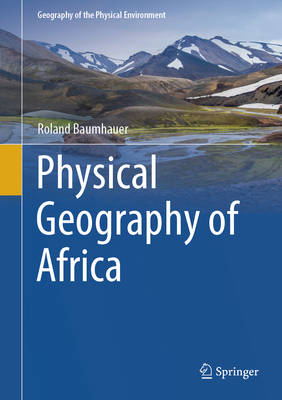
- Afhalen na 1 uur in een winkel met voorraad
- Gratis thuislevering in België vanaf € 30
- Ruim aanbod met 7 miljoen producten
- Afhalen na 1 uur in een winkel met voorraad
- Gratis thuislevering in België vanaf € 30
- Ruim aanbod met 7 miljoen producten
Zoeken
Omschrijving
Africa, with an area of over 30 million square kilometers, is the second-largest continent, accounting for about 20 percent of the Earth's total land area. It offers unparalleled insights into some of the planet's oldest geological strata, is home to the world's largest desert, and is immensely rich in mineral resources. These are just a few of the facts we commonly associate with Africa's physical geography. But the continent deserves a closer look--Africa is closer to us and far more important than many might think. This book provides a comprehensive overview of the physical geography of Africa. It focuses on the integrated analysis of the continent's geology, geomorphology, climate, hydrology, soils, and vegetation geography. Additional excursions examine the impact of major environmental challenges related to human activity - such as soil erosion, desertification, and climate change - and also explain key geoscientific terms. Rich color photographs and engaging cartography support and enhance understanding. The book serves a dual purpose: it offers the interested reader a concise introduction to Africa's physical geography while also functioning as a structured reference work. It will be of enduring value to students and scholars of African physical geography and anyone interested in Africa's environment and environmental change - including staff of development organizations and development professionals seeking reliable background information on the continent's natural conditions.
Specificaties
Betrokkenen
- Auteur(s):
- Uitgeverij:
Inhoud
- Aantal bladzijden:
- 187
- Taal:
- Engels
- Reeks:
Eigenschappen
- Productcode (EAN):
- 9783662714058
- Verschijningsdatum:
- 26/12/2025
- Uitvoering:
- Hardcover
- Formaat:
- Genaaid
- Afmetingen:
- 178 mm x 254 mm

Alleen bij Standaard Boekhandel
+ 305 punten op je klantenkaart van Standaard Boekhandel
Beoordelingen
We publiceren alleen reviews die voldoen aan de voorwaarden voor reviews. Bekijk onze voorwaarden voor reviews.








